Home>diy>Building & Construction>How To Build A Concrete Foundation For A Garage
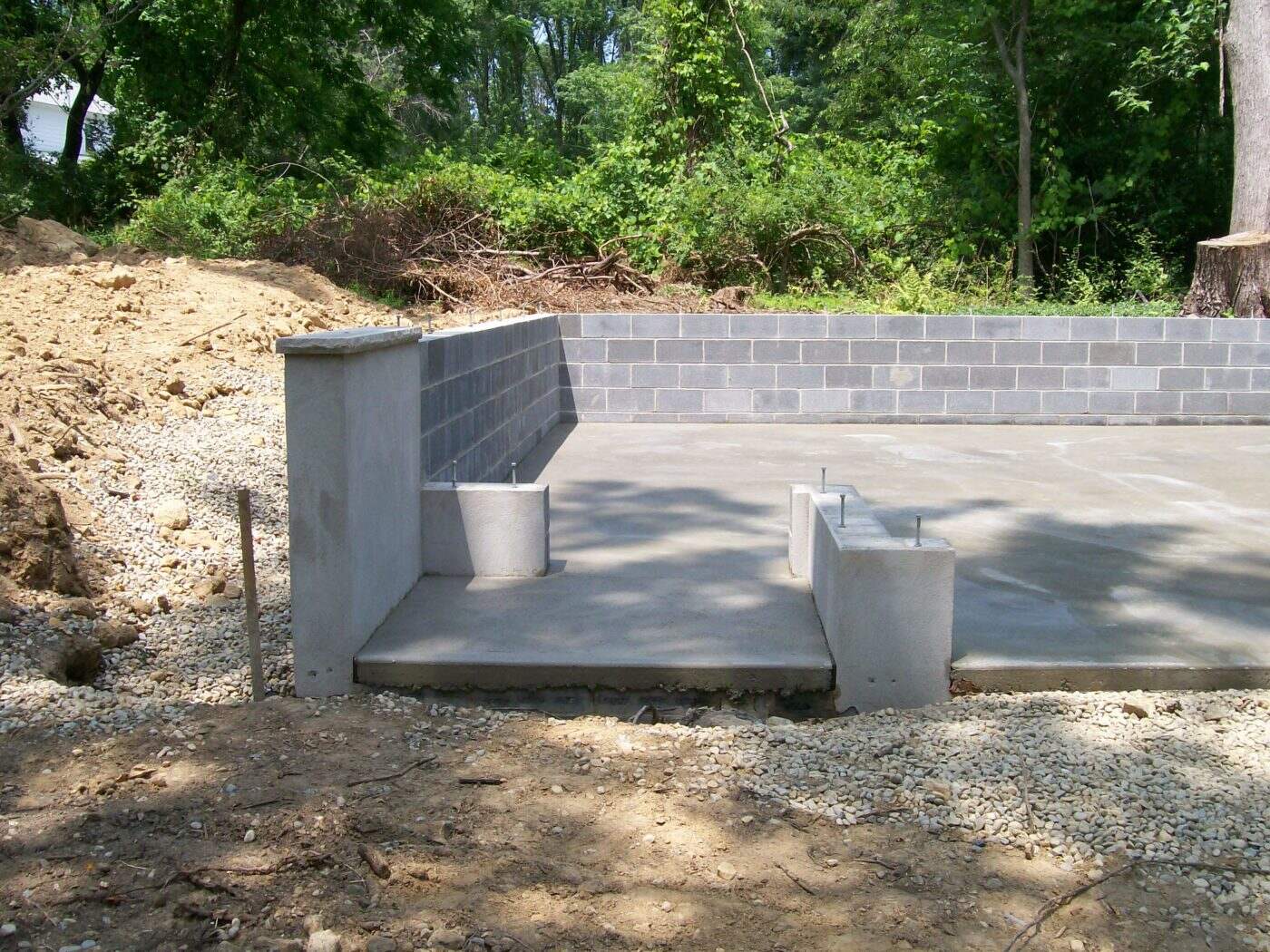

Building & Construction
How To Build A Concrete Foundation For A Garage
Modified: December 7, 2023
Learn the step-by-step process of building a solid concrete foundation for your garage with our comprehensive guide on building construction.
(Many of the links in this article redirect to a specific reviewed product. Your purchase of these products through affiliate links helps to generate commission for Storables.com, at no extra cost. Learn more)
Introduction
Welcome to the exciting world of building construction! If you’re planning to build a garage, one of the crucial steps is constructing a solid, durable foundation. A well-built concrete foundation will provide the stability and support needed to ensure the structural integrity of your garage.
In this article, we will guide you through the process of building a concrete foundation for your garage. We will cover everything from site preparation to curing and finishing, providing you with the knowledge and tools to successfully complete this important step in your garage construction project.
Before we dive into the details, it’s important to note that building a foundation requires proper planning, knowledge of local building codes, and the use of appropriate tools and materials. If you’re not confident in your abilities, it’s always best to consult with a professional contractor or engineer. Safety should always be a top priority when undertaking any construction project.
Now, let’s get started on building a strong foundation for your garage!
Key Takeaways:
- Proper site preparation, excavation, and leveling are crucial for building a stable garage foundation. Attention to detail and adherence to local building codes ensure a strong and durable base for your garage.
- Careful formwork installation, precise concrete pouring, and thorough curing and finishing are essential for creating a resilient garage foundation. Following these steps diligently sets the stage for a successful garage construction project.
Read more: How To Build A Concrete Foundation
Preparing the Site
Before you begin any construction work, it’s essential to properly prepare the site where your garage will be built. This step sets the foundation, quite literally, for the rest of the building process.
The first task is to carefully survey the site and mark the boundaries of the garage. This ensures that the construction stays within the desired area and complies with local building codes and regulations.
Next, clear the site of any vegetation, debris, or obstacles that may impede the construction process. Remove rocks, tree stumps, and any other obstructions to create a smooth and level surface.
Once the site is clear, determine the desired elevation and slope of the garage foundation. Proper drainage is crucial to prevent water accumulation and potential damage to the structure over time. Consider the natural flow of water and make sure the foundation is sloped away from the garage to divert water away.
In addition, it’s important to assess the soil conditions. Different types of soil have varying load-bearing capacities, which can affect the stability of the foundation. Conduct a soil test to determine the soil’s composition and strength. If the soil is unstable or has poor load-bearing capacity, additional measures such as soil compaction or reinforcement may be necessary.
Lastly, ensure that all necessary permits and approvals have been obtained from the local authorities before commencing construction. Building codes vary from location to location, so it’s essential to adhere to the specific regulations in your area to ensure a safe and compliant construction process.
By taking the time to properly prepare the site, you are setting the stage for a successful garage foundation construction and ensuring the stability and longevity of your garage.
Excavation and Leveling
With the site prepared, it’s time to move on to the excavation and leveling phase of building your garage foundation. This step involves digging the area where the foundation will be placed and ensuring that it is level.
Start by using a backhoe or excavator to dig the area according to the specifications outlined in your building plans. The depth of the excavation will depend on local building codes and the specific requirements of your garage. Generally, a depth of at least 2 to 3 feet is common for a garage foundation.
During the excavation process, it’s important to maintain the proper dimensions and shape of the foundation. Use string lines, markers, or laser levels to guide the excavation and ensure accuracy. Pay close attention to the corners and edges, as these areas should be squared off to create a symmetrical foundation.
Once the excavation is complete, it’s time to check the levelness of the area. Use a builder’s level or transit to measure the slope and make any necessary adjustments to achieve a level surface. This is crucial for the proper installation and stability of the foundation.
If the ground is uneven, you may need to add or remove soil to achieve the desired levelness. Use a compactor or tamper to compact the soil and create a firm, stable base for the foundation. This will help prevent settling or shifting of the foundation in the future.
Remember to periodically check the levelness as you go and make adjustments as needed. It’s better to spend extra time ensuring a level foundation now than to deal with costly and time-consuming issues later on.
Excavation and leveling are critical steps in the construction process, as they lay the groundwork for a stable and durable foundation. Take the time to do it right, and you’ll set the stage for a successful garage construction project.
Installing Formwork
Now that the excavation and leveling are complete, it’s time to move on to the next step: installing formwork. Formwork consists of temporary structures that hold the concrete in place while it’s being poured and cured. It provides the shape and structure for the foundation.
The first step in installing formwork is to lay a sturdy base for the forms to rest on. Use wooden or metal stakes driven into the ground around the perimeter of the foundation. Secure them with nails or screws to ensure stability.
Next, attach the form boards to the stakes. These boards will create the walls of the foundation. They should be made of moisture-resistant material, such as plywood or metal, to prevent warping or damage from the concrete’s moisture.
Ensure that the form boards are aligned properly and securely fastened to the stakes. Use clamps or braces to hold them in place, especially at the corners and edges.
When installing the formwork, pay attention to any penetrations that need to be accommodated, such as plumbing or electrical conduits. Create openings or notches in the form boards to allow for these penetrations. This will ensure that the foundation can accommodate these utilities without compromising its integrity.
Additionally, consider installing reinforcement materials within the formwork. Rebar or wire mesh can provide added strength and durability to the foundation. Place the reinforcement materials according to the structural engineer’s specifications to enhance the foundation’s load-bearing capacity.
Before pouring the concrete, double-check the alignment and levelness of the formwork. Adjust as necessary to ensure a straight and even foundation.
Installing formwork requires precision and attention to detail to ensure that the foundation’s shape and dimensions are accurate. Take the time to properly install and secure the formwork, as it will ultimately determine the strength and stability of your garage foundation.
Before pouring concrete for a garage foundation, make sure the ground is properly compacted and leveled to ensure a strong and stable base for the structure.
Pouring the Concrete
With the formwork securely in place, it’s time to proceed to the exciting stage of pouring the concrete for your garage foundation. This step requires careful planning and attention to detail to ensure a smooth and successful pouring process.
Before pouring the concrete, it’s important to prepare the mixture according to the specifications recommended by a professional engineer or concrete supplier. The concrete should have the right proportion of cement, aggregates, and water to achieve the desired strength and consistency.
Once the concrete mixture is ready, start pouring it into the formwork. Begin at one corner and work your way towards the opposite end of the foundation. Use shovels, wheelbarrows, or a concrete pump to transport and distribute the concrete evenly throughout the formwork.
As the concrete is poured, use a long wooden board called a screed to level the surface. Move the screed back and forth in a sawing motion, using guides placed on the formwork to ensure a consistent level. This process will help remove any excess concrete and create a smooth, even surface.
After screeding, use a bull float to further level and smooth the concrete. This tool helps eliminate any remaining imperfections and creates a fine texture on the surface.
During the pouring process, it’s important to watch out for air pockets or voids in the concrete. Use a vibrating tool or simply tap the formwork lightly with a hammer to help release trapped air and ensure proper compaction. This will enhance the strength and durability of the foundation.
Once the entire foundation is poured and leveled, allow the concrete to cure properly. Cover the foundation with damp cloths or plastic sheets to slow down the moisture loss and promote even curing. Follow the curing time recommended by the concrete supplier or engineer to allow the foundation to gain strength and stability.
Remember to properly dispose of any leftover concrete and clean your tools promptly to prevent the material from hardening and causing damage.
Pouring the concrete is a critical step in building your garage foundation. Take your time, follow the recommended procedures, and ensure proper curing to achieve a strong and long-lasting foundation for your garage.
Read more: How To Build A Concrete Block Foundation
Curing and Finishing
After pouring the concrete, it’s important to focus on the curing and finishing process to ensure the strength and durability of your garage foundation. Curing is the process of providing optimal moisture and temperature conditions for the concrete to achieve its maximum strength.
One of the key factors in proper curing is maintaining moisture. Keep the foundation damp by spraying it with water regularly or covering it with damp cloths or plastic sheets. This prevents rapid moisture loss and allows the concrete to properly hydrate and cure. Avoid walking on or placing heavy objects on the foundation during the curing process to prevent cracks or damage.
The curing time will vary depending on factors such as temperature, humidity, and the type of concrete used. Typically, the curing process takes around 7 to 14 days, but it’s best to consult with a professional or refer to the recommendations of your concrete supplier for the specific duration.
During the curing period, it’s important to regularly inspect the foundation for any signs of cracking or other issues. If you notice any cracks, consult with a professional to determine the cause and appropriate measures for repair.
Once the foundation has fully cured, you can proceed with the finishing touches. This may include removing any formwork or temporary structures, cleaning up debris, and addressing any imperfections on the surface.
If desired, you can also apply a sealant or waterproofing compound to the foundation to protect it from moisture, potential water damage, or the effects of freeze-thaw cycles. Consult with a professional to determine the most suitable products for your specific project.
Finishing the garage foundation not only enhances its appearance but also provides an added layer of protection against the elements, ensuring its longevity and structural integrity.
Remember, proper curing and finishing are vital components of the construction process. Take the necessary time and care to achieve a strong and resilient garage foundation that will withstand the test of time.
Removing the Formwork
Once the concrete has properly cured and reached its maximum strength, it’s time to remove the formwork. This step gives you a clear view of your finished garage foundation and prepares it for the next stages of construction.
Before you start removing the formwork, inspect the concrete for any signs of damage or cracks that may have occurred during the curing process. If you notice any issues, consult with a professional to determine the necessary repairs before proceeding.
To remove the formwork, start by carefully prying away the stakes from the ground using a hammer or pry bar. Take your time and work methodically to avoid damaging the concrete or the form boards.
Next, remove the braces and clamps holding the form boards in place. Start from one end and gradually work your way around, ensuring that the boards are released smoothly without causing any undue stress or pressure on the concrete surface.
Once the form boards are loose, gently pry them away from the concrete. Use caution to prevent any damage or chipping to the edges or corners of the foundation. If the form boards were secured with nails or screws, carefully remove them to avoid gouging the concrete.
As you remove the formwork, take the opportunity to inspect the foundation for any imperfections or areas that may require touch-ups. If you notice any rough patches or uneven surfaces, you can use a concrete grinder or rubbing stone to smooth them out. Additionally, fill any small voids or gaps with a suitable concrete patching material.
After removing the formwork and addressing any necessary touch-ups, take the time to clean up the construction site. Clear away any debris, remnants of formwork, and excess materials to maintain a safe and organized work environment.
With the formwork removed and the site cleaned up, you now have a clear view of your completed garage foundation. Take a moment to appreciate the hard work and dedication that went into its construction, knowing that you have laid a strong and solid foundation for your garage.
Remember, the careful removal of formwork is essential to prevent any damage to the finished foundation. Take your time, exercise caution, and follow the proper procedures to ensure a successful completion of this step in your garage construction project.
Conclusion
Building a concrete foundation for your garage is a crucial step in the construction process. A well-built foundation provides the stability and support necessary for a durable and long-lasting garage structure.
Throughout this article, we have explored the various stages involved in constructing a solid garage foundation. From preparing the site to removing the formwork, each step requires careful planning, attention to detail, and adherence to local building codes.
By properly preparing the site, excavating and leveling the ground, installing formwork, pouring the concrete, and allowing for proper curing and finishing, you can create a strong and sturdy foundation for your garage. Taking the time to do each stage correctly will ensure a solid base for your garage and help prevent costly issues in the future.
Remember that safety should always be a top priority during the construction process. If you are not confident in your abilities or lack experience in building construction, it is highly recommended to consult with a professional contractor or engineer.
Building a garage is an exciting endeavor, and by following the guidelines in this article, you are well on your way to creating a functional and reliable space for your vehicles, storage, or workshop.
Now that you have a comprehensive understanding of the steps involved in building a concrete foundation for your garage, it’s time to put this knowledge into action. Dive in with confidence, stay focused, and enjoy the process of constructing your dream garage.
Frequently Asked Questions about How To Build A Concrete Foundation For A Garage
Was this page helpful?
At Storables.com, we guarantee accurate and reliable information. Our content, validated by Expert Board Contributors, is crafted following stringent Editorial Policies. We're committed to providing you with well-researched, expert-backed insights for all your informational needs.
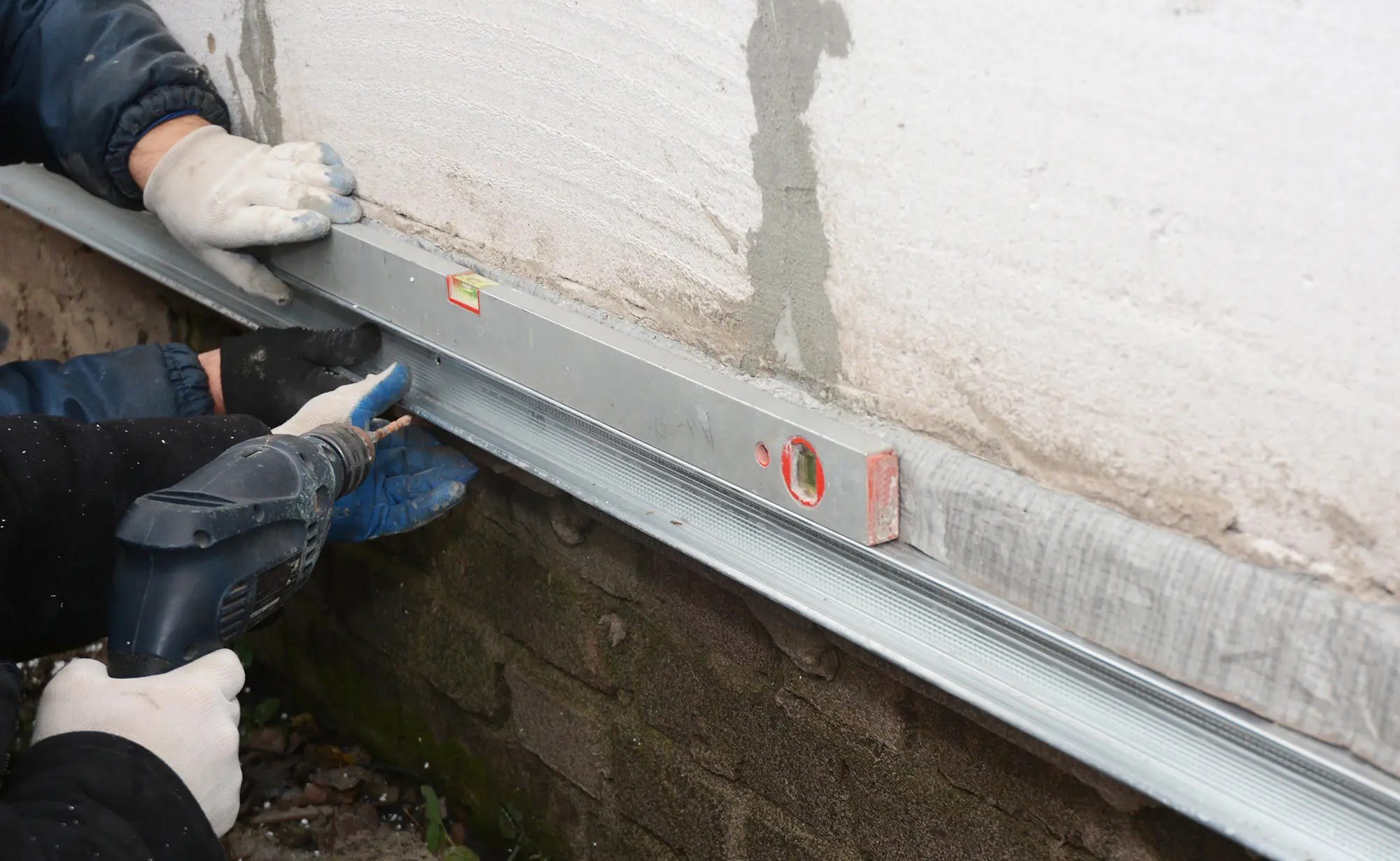
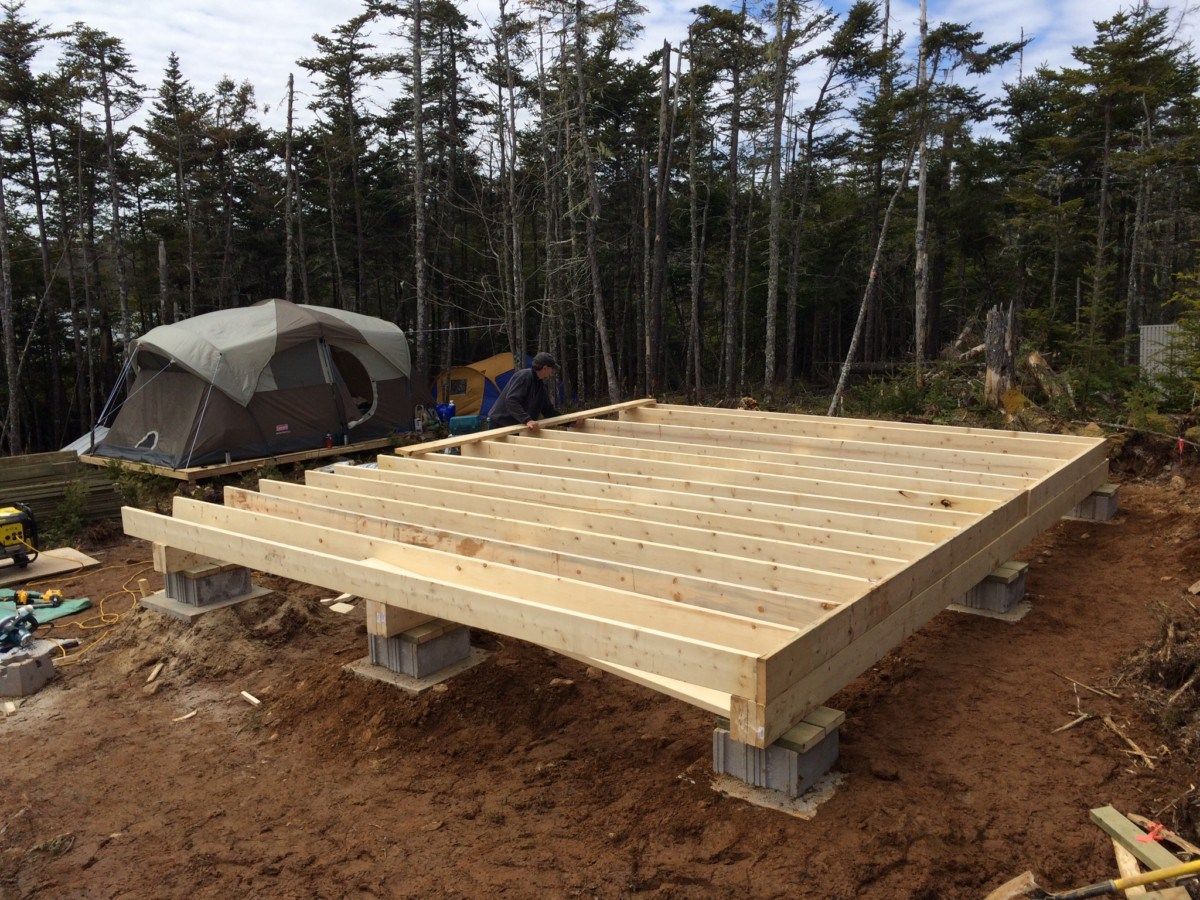
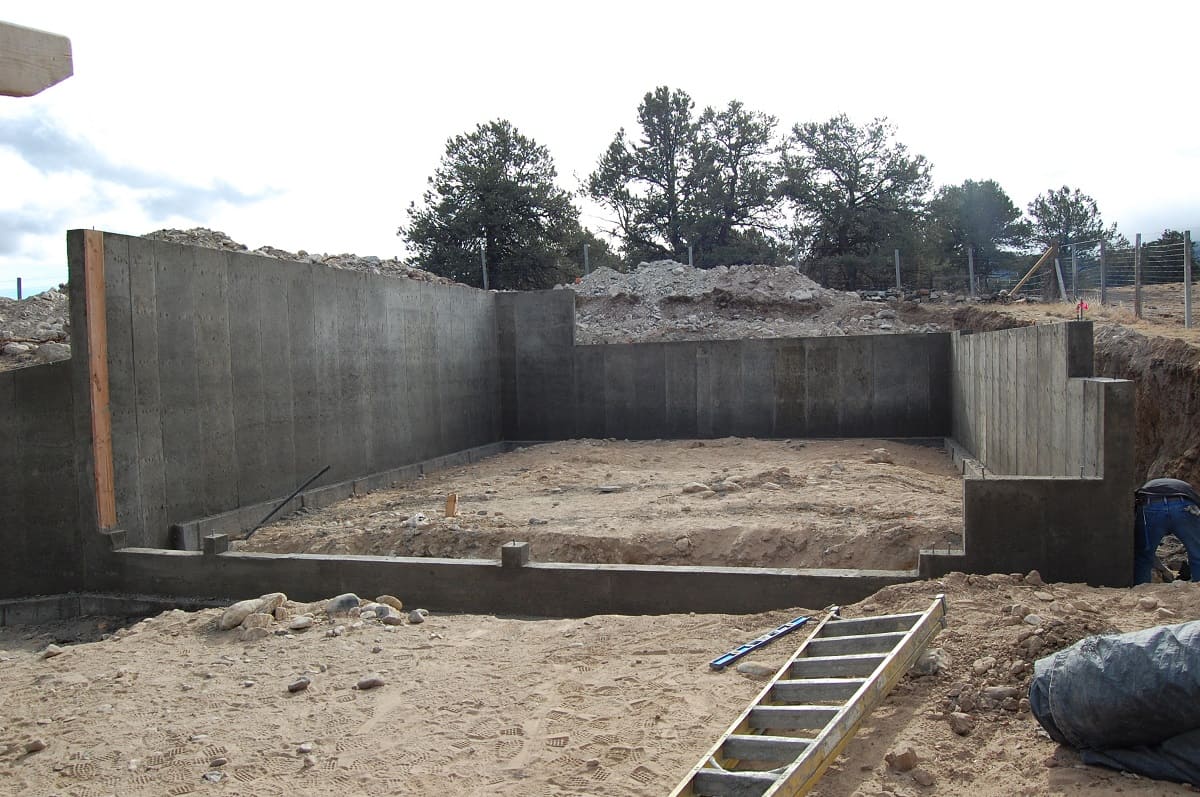
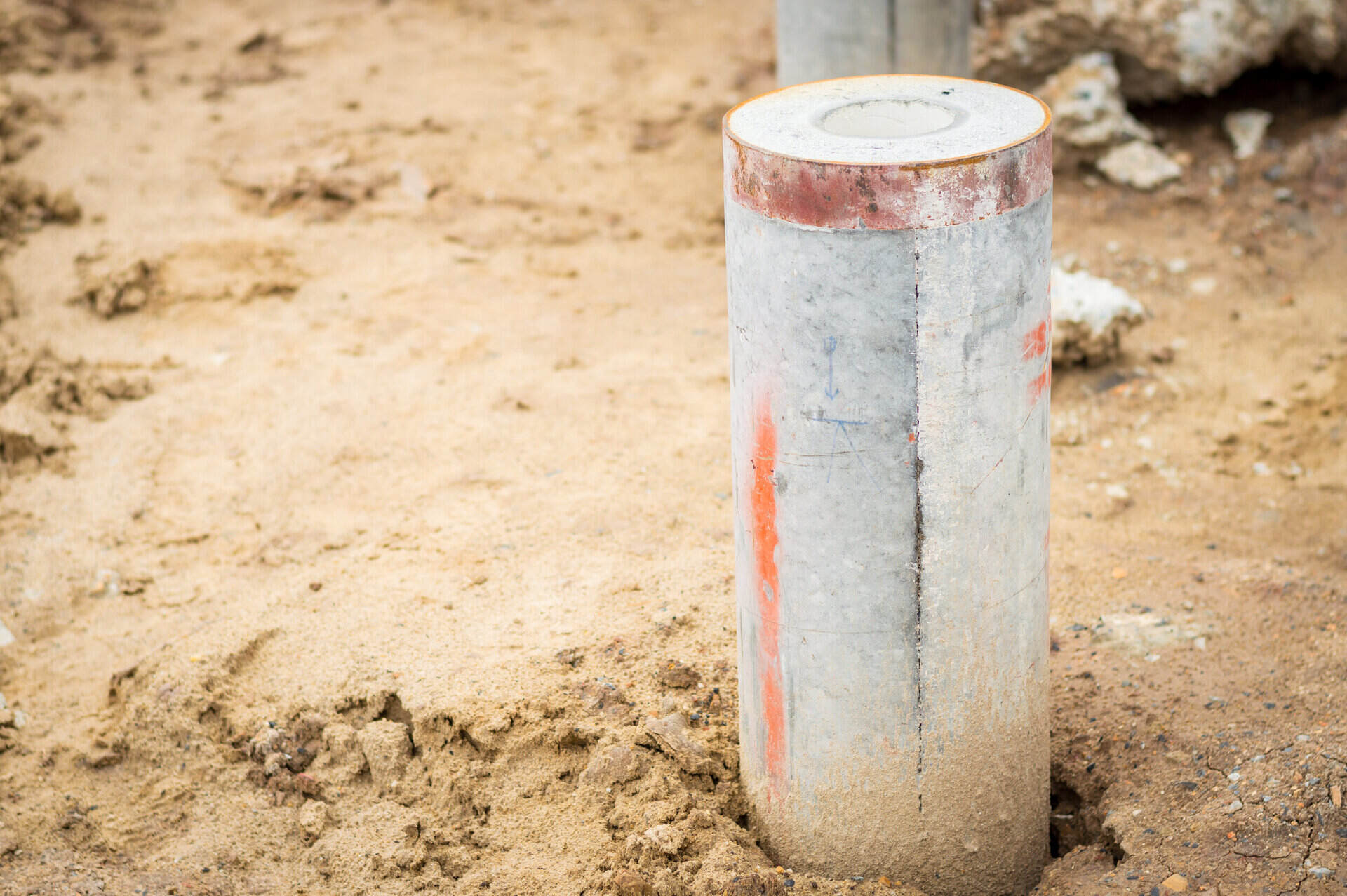
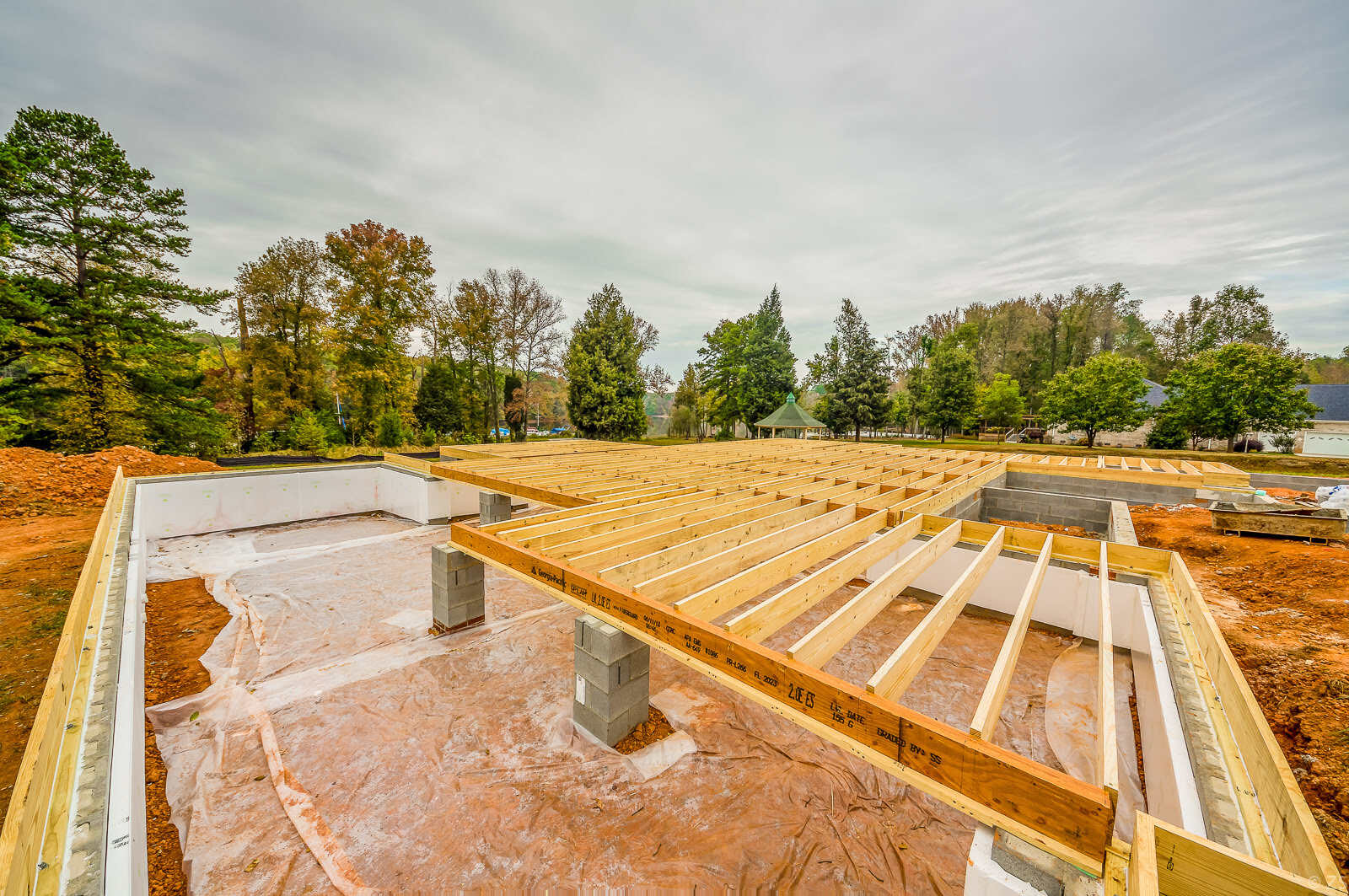

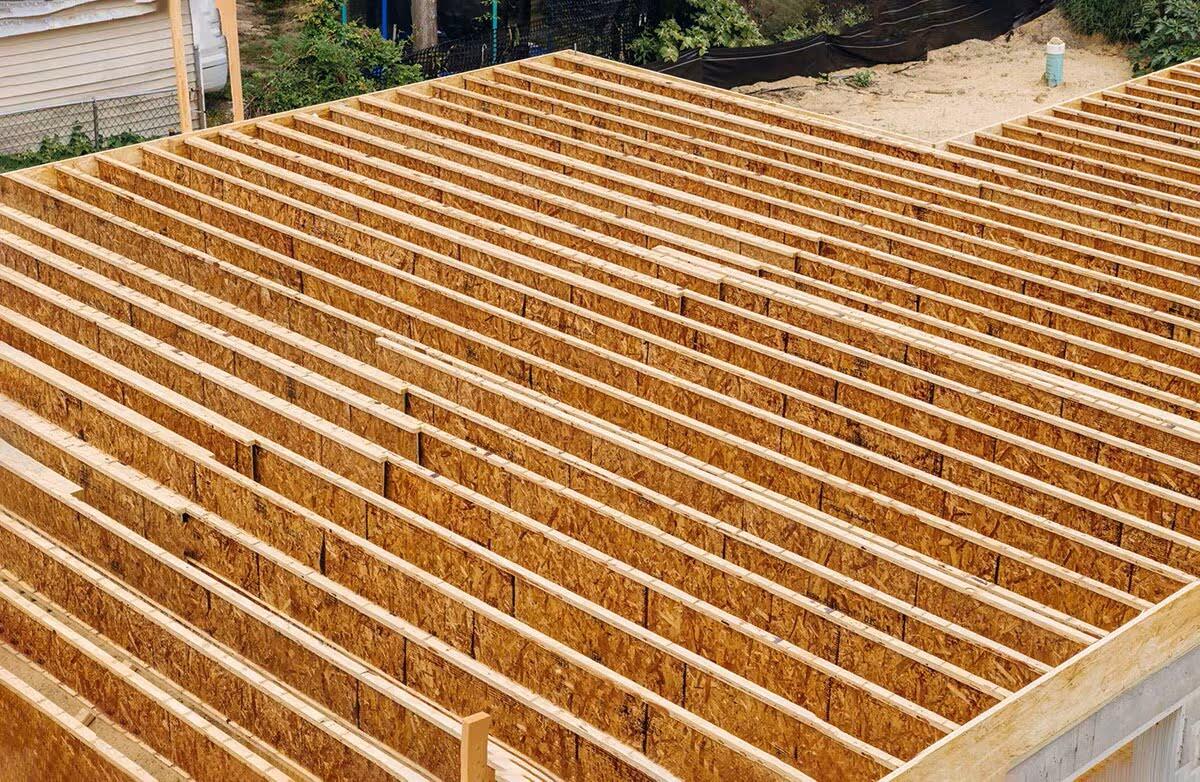
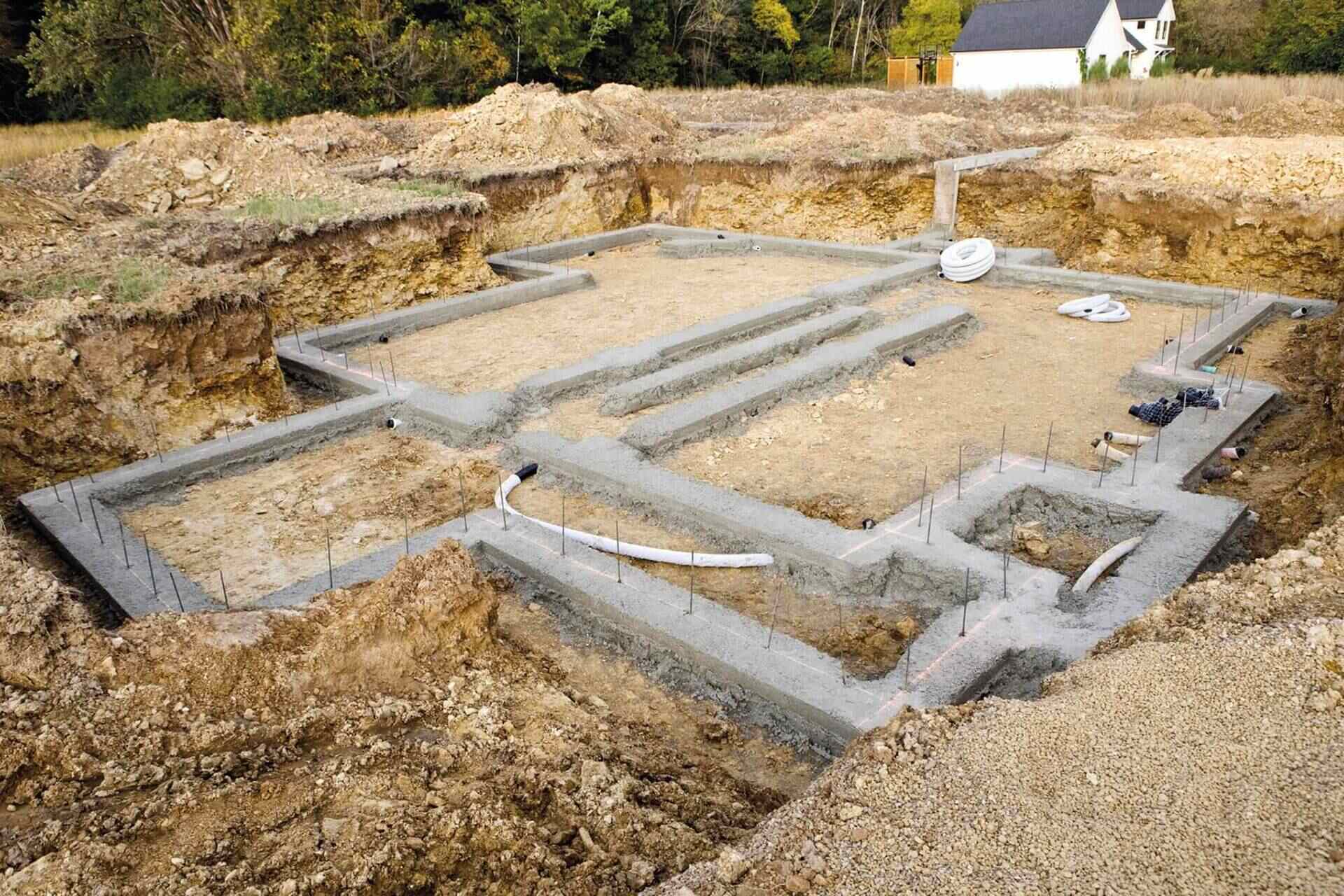

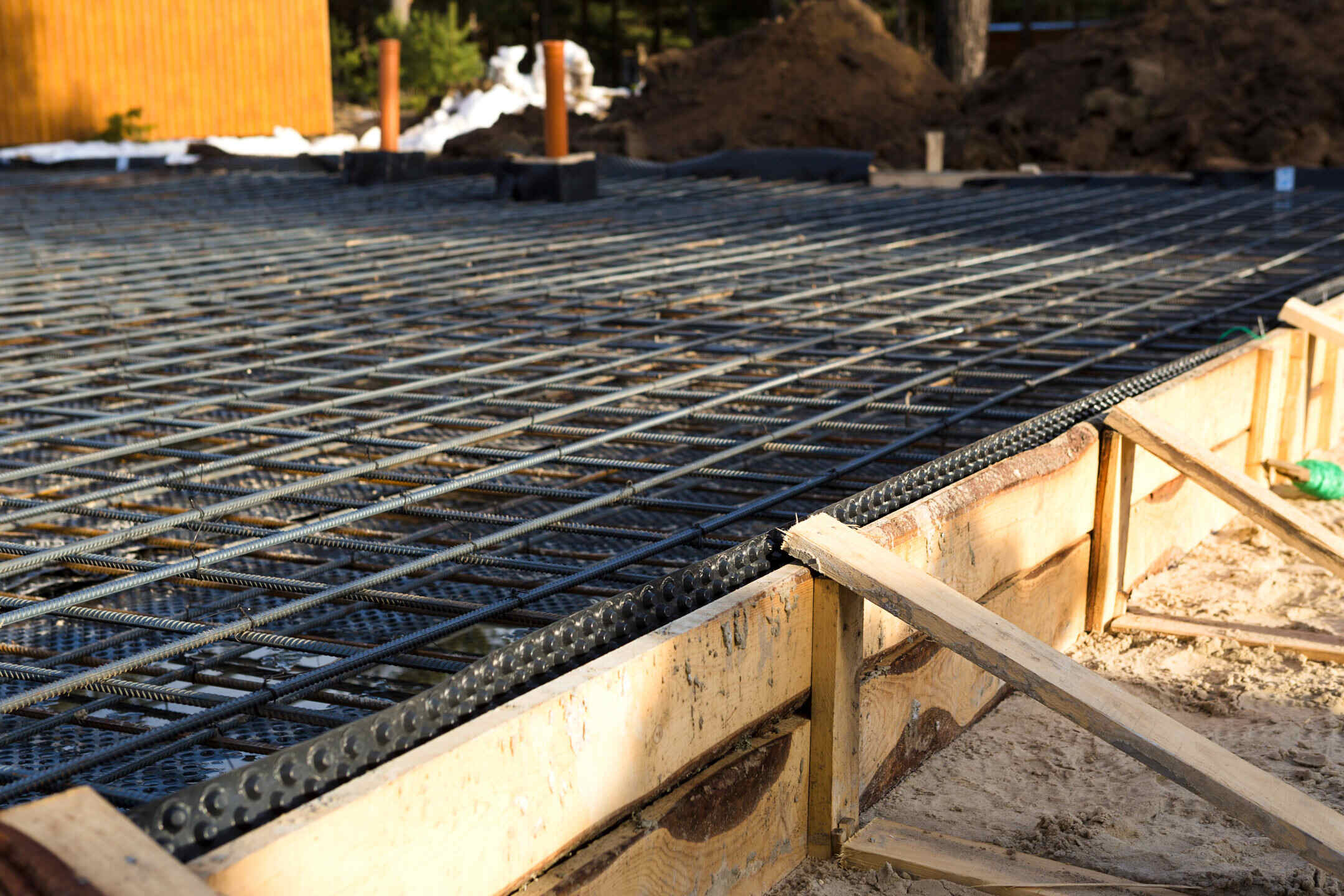
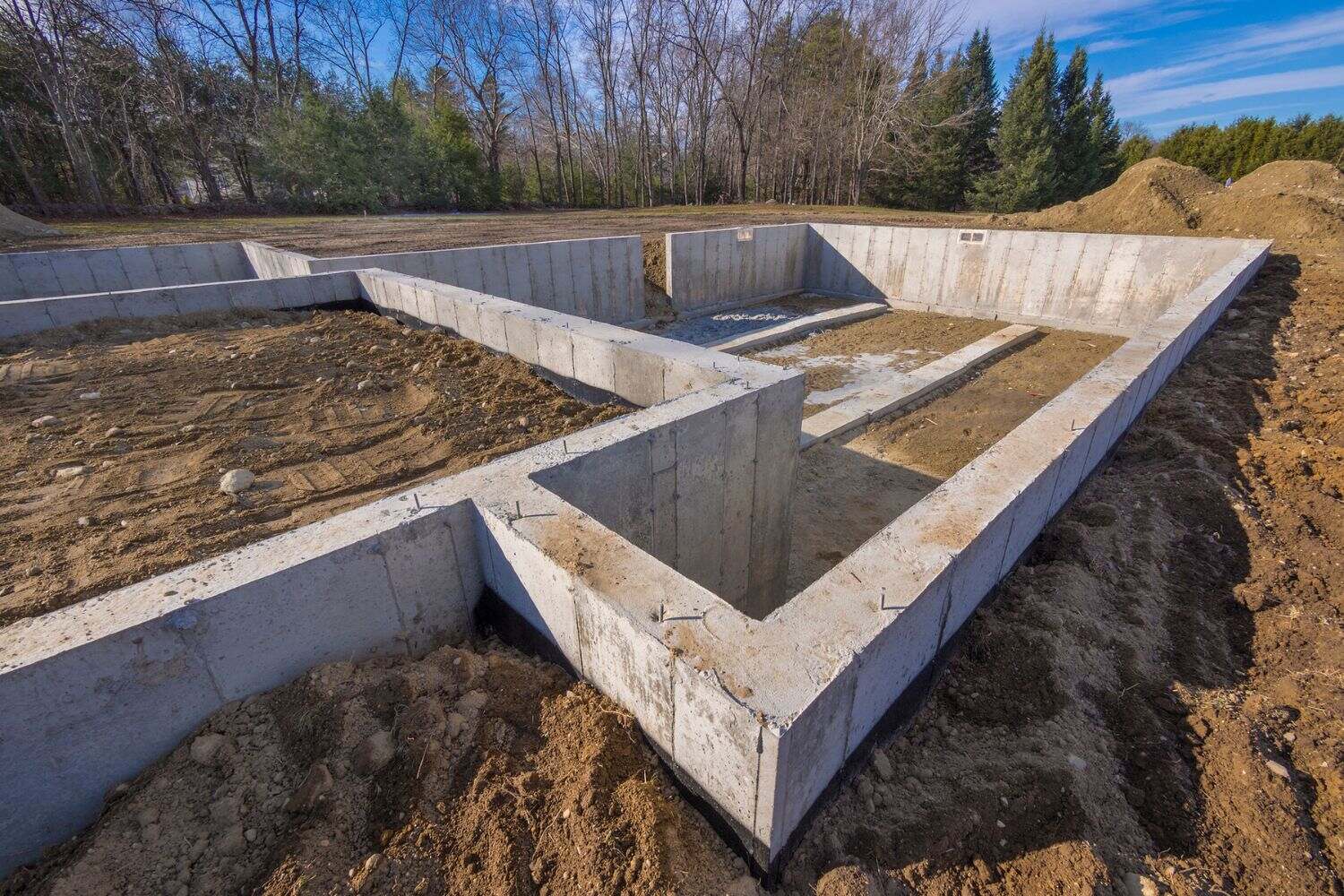
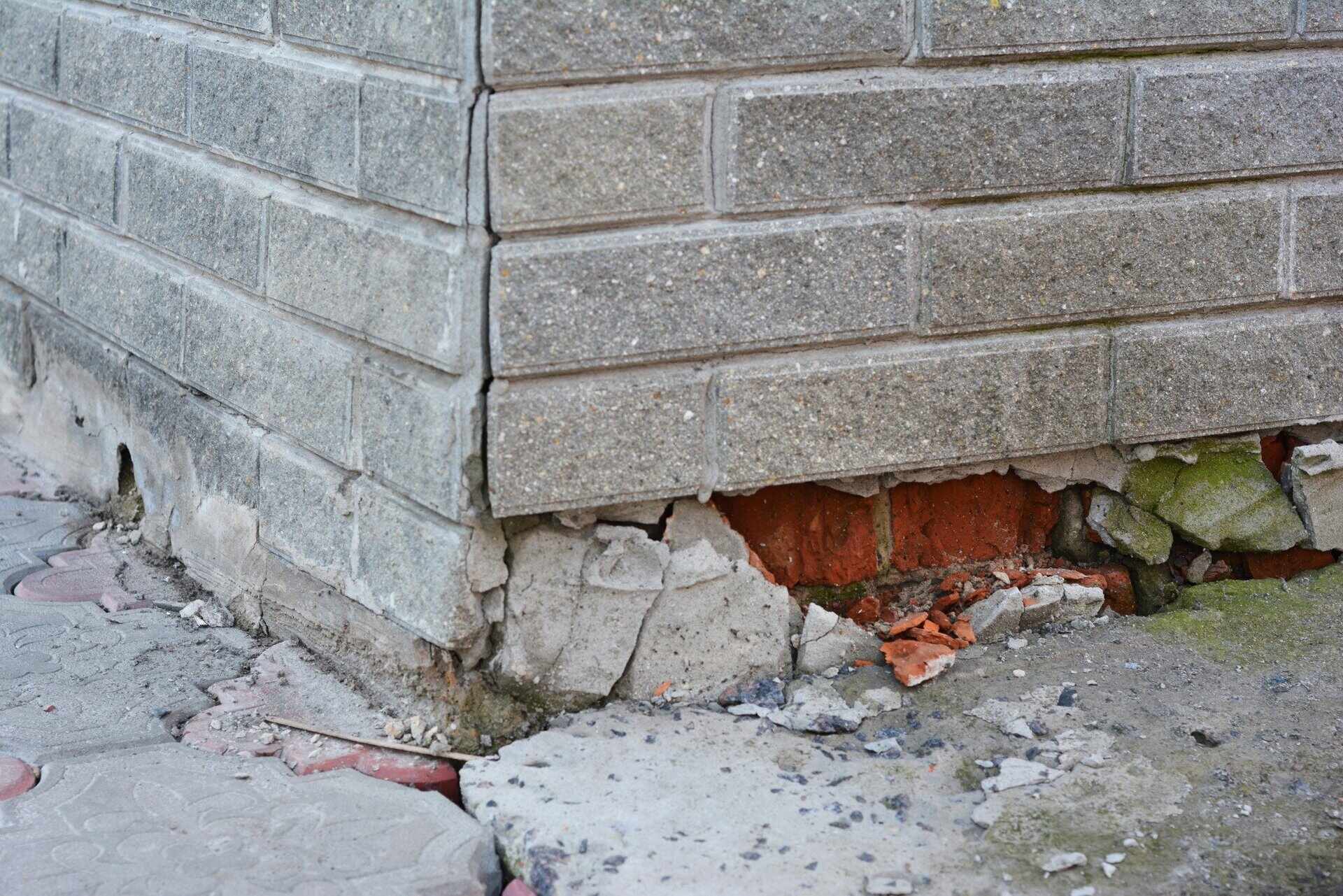
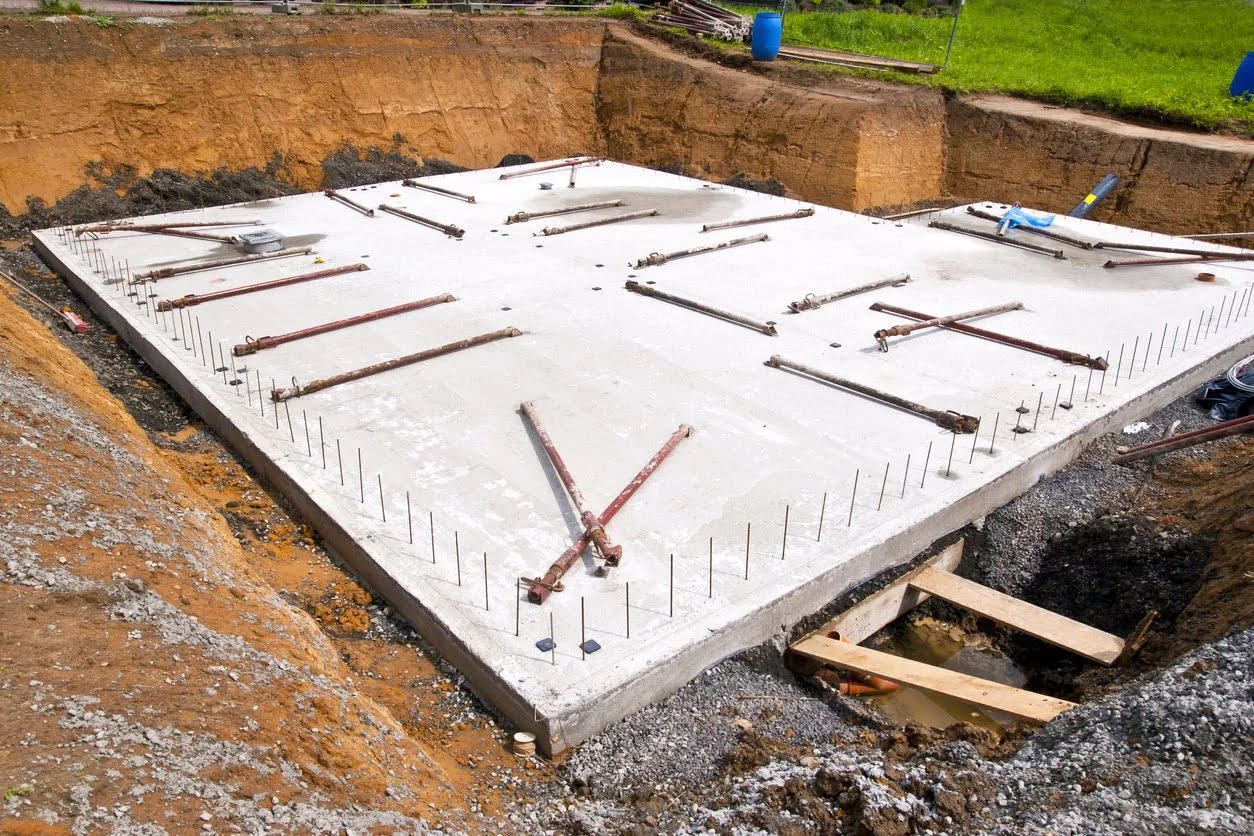
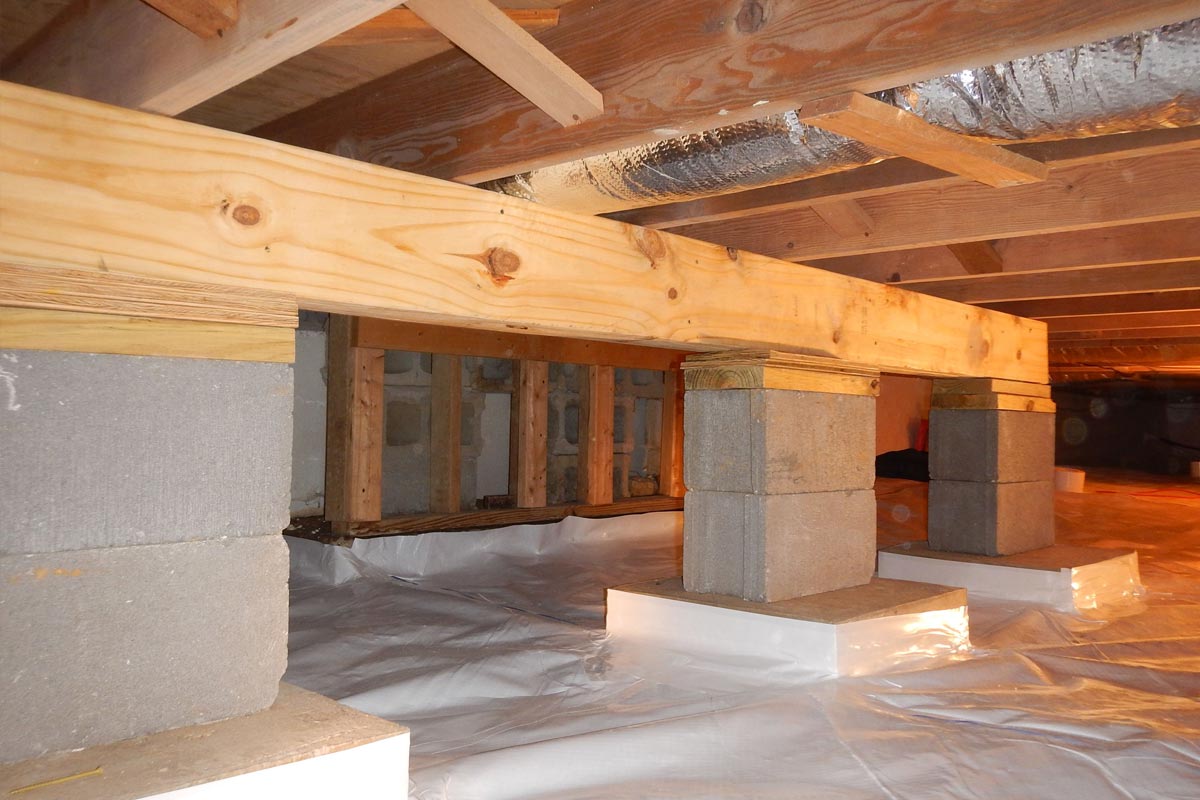

0 thoughts on “How To Build A Concrete Foundation For A Garage”